Featured
- Get link
- X
- Other Apps
Compact Luxury: Unveiling the Allure of the Audi A1 in the UK
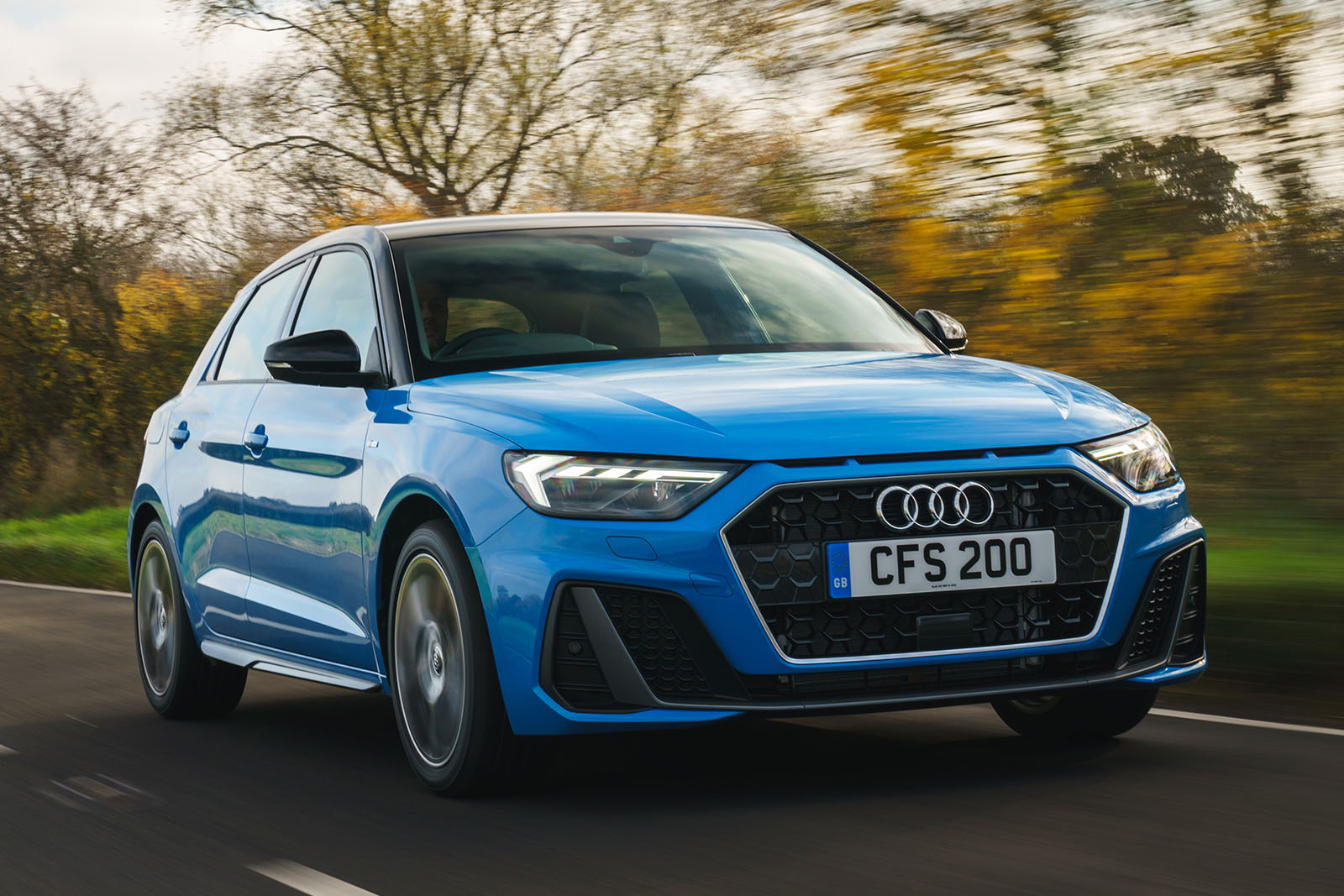
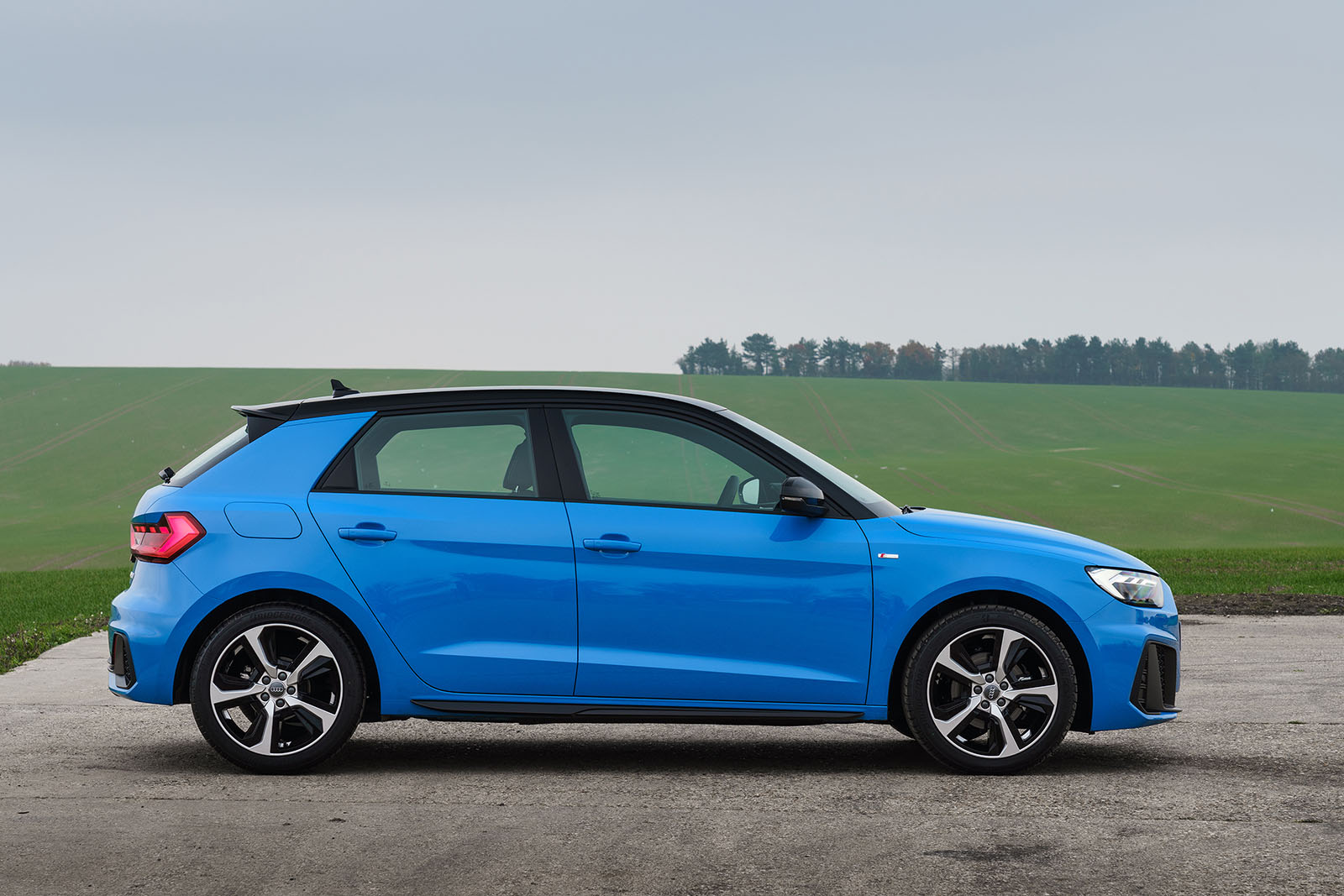
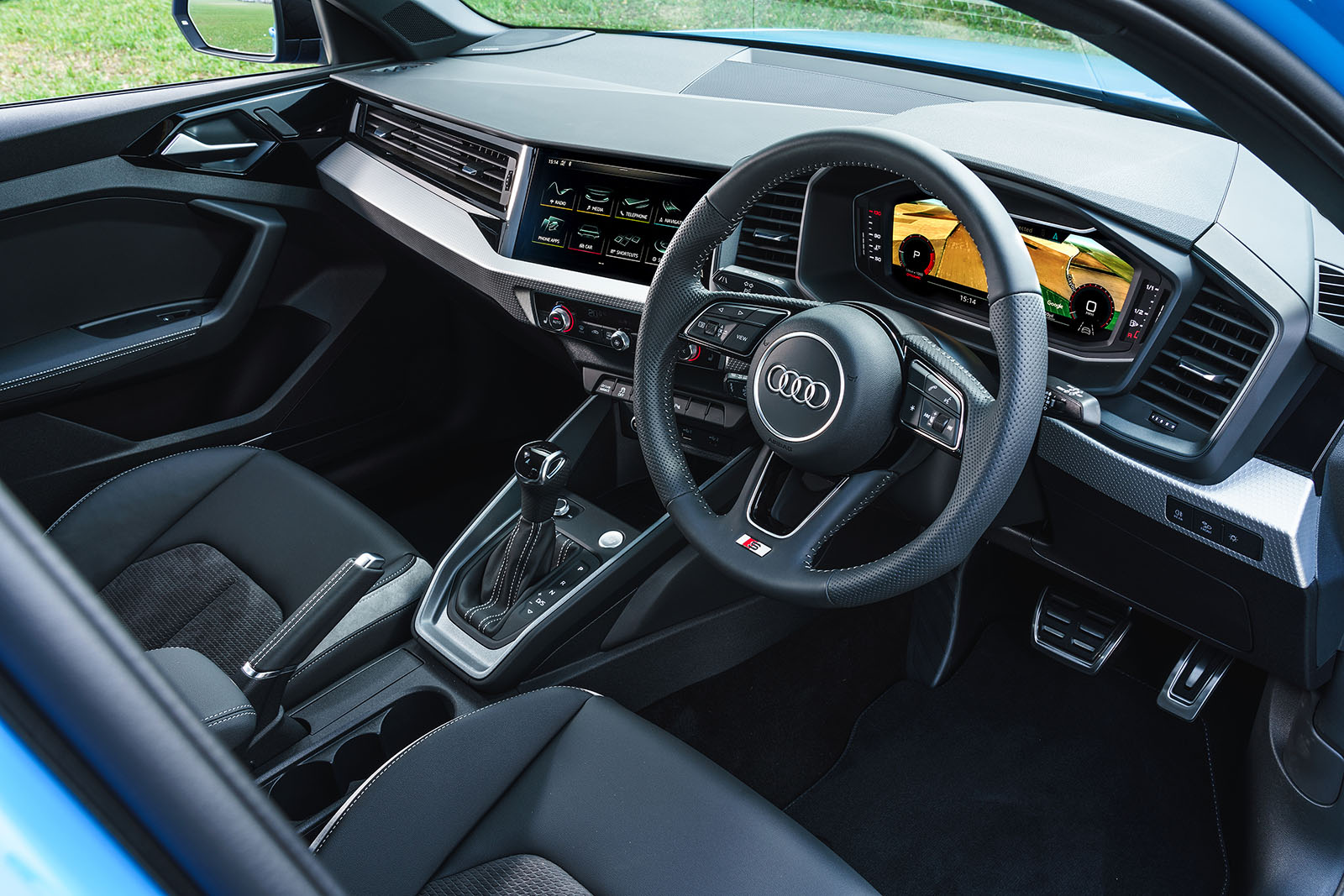
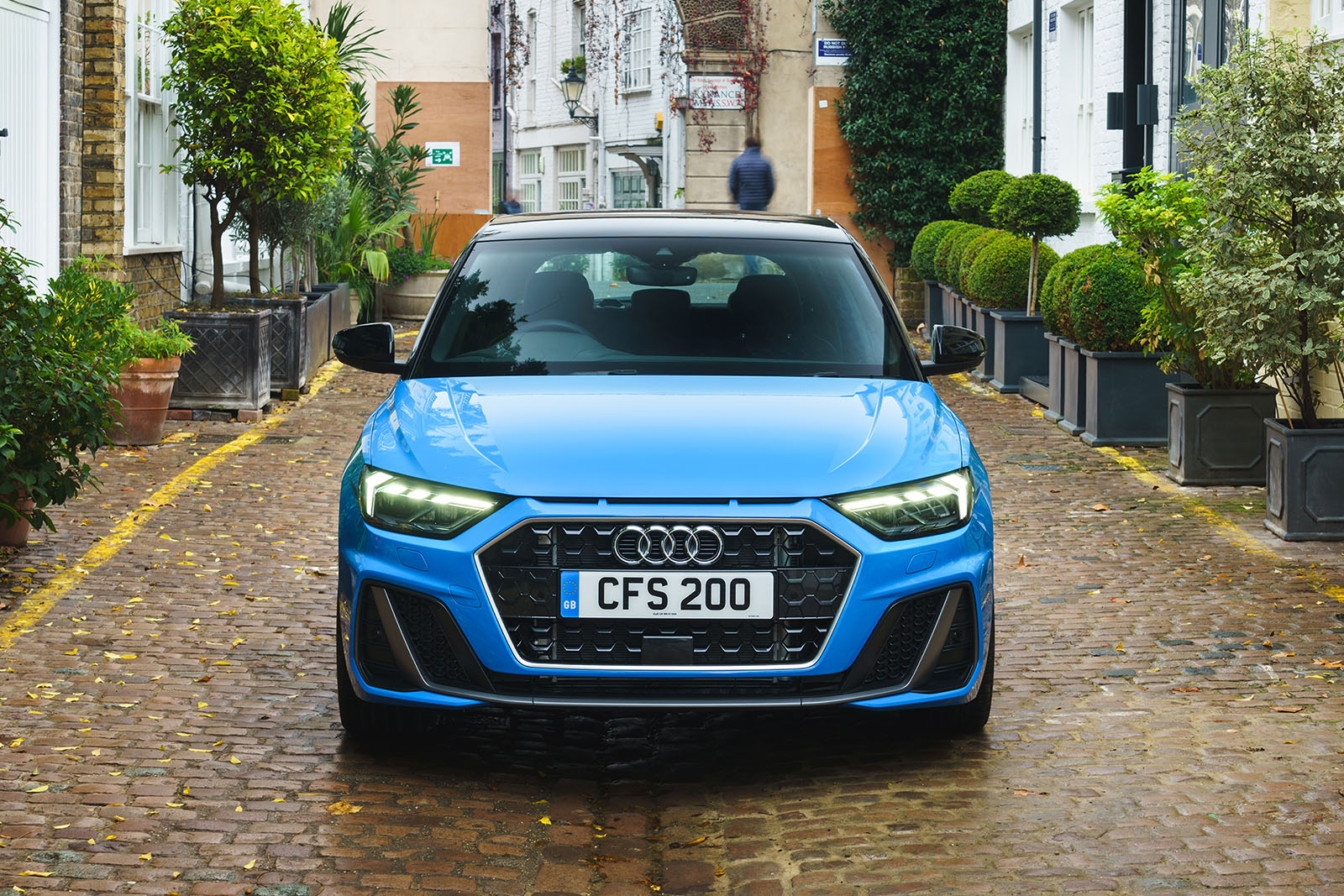
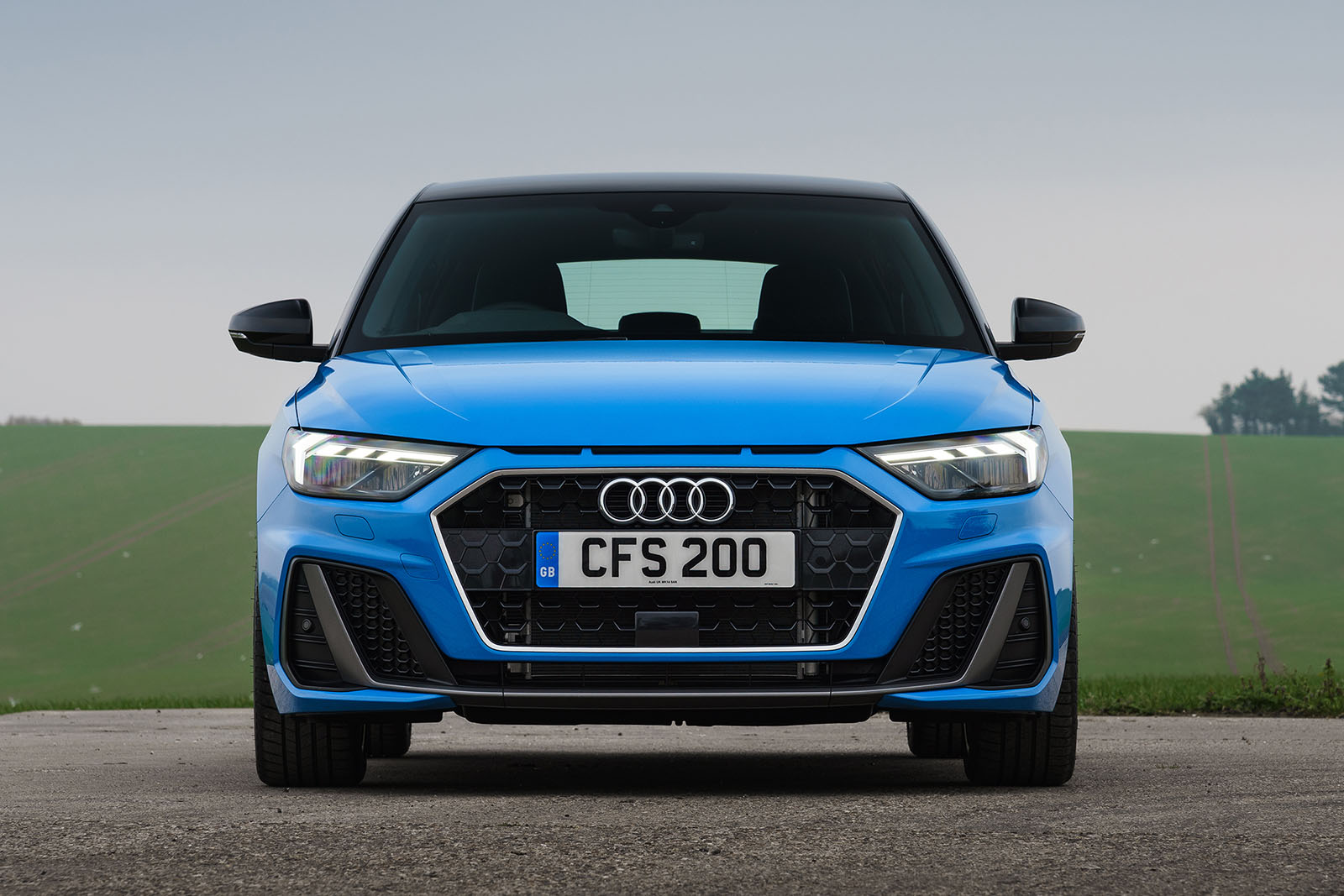
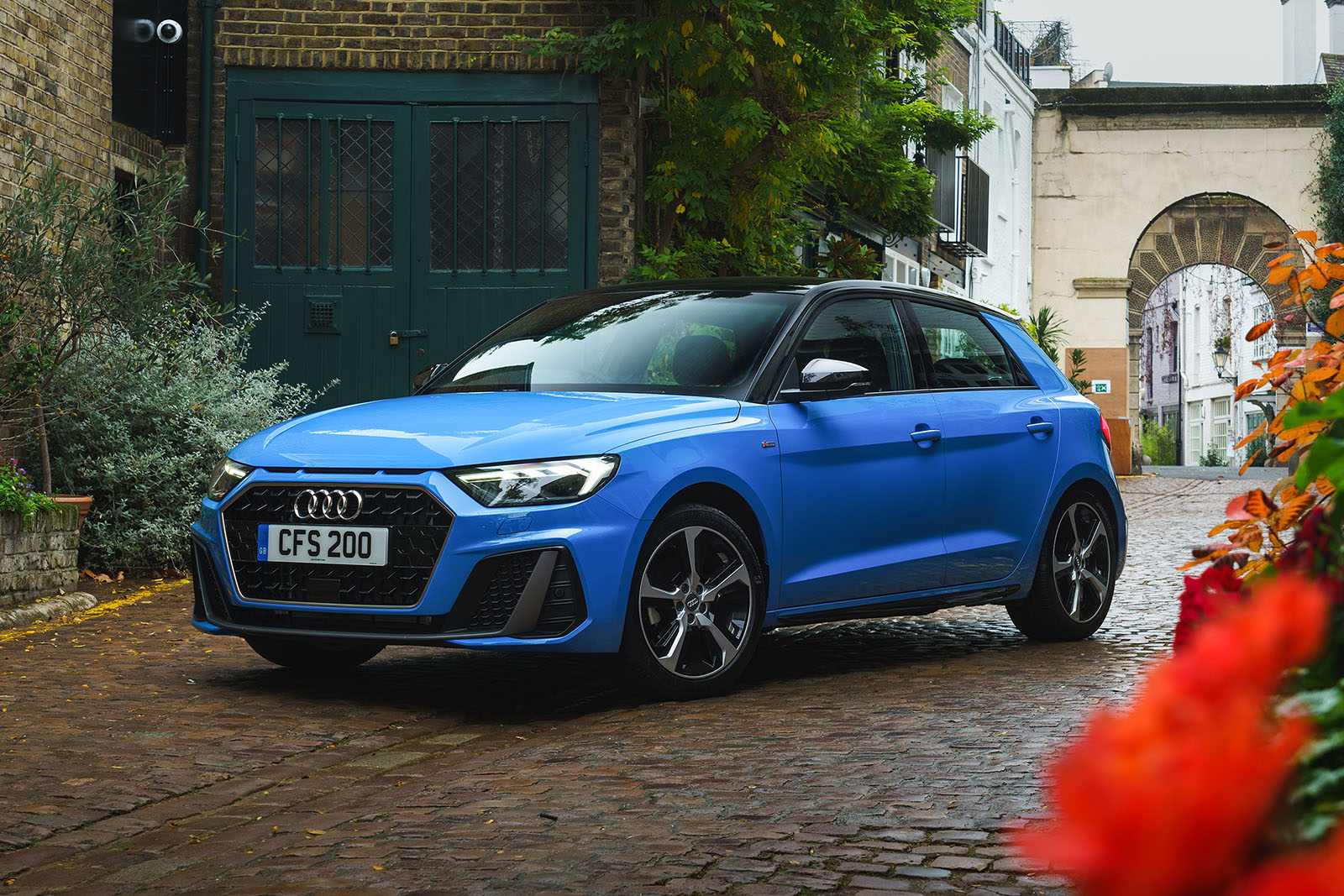
Intro
The second-generation Audi A1 promised to introduce hitherto unseen levels of luxuriousness and sportiness to the supermini class when it was launched in 2019, in spite of its more mundane, Volkswagen-based origins and underpinnings.Audi has a long history with gentrified superminis like this. What started with the Audi 50 in 1974, followed by the innovative but expensive A2, then the first-generation A1 in 2010, has now become the brand's showcase for technology and quality at the bottom rung of the fiscal ladder.Indeed, this car vows to continue the trend started by its forebears, promising to set new benchmarks for perceived quality, powertrain refinement and general desirability via a completely overhauled interior, striking exterior design touches from more rarefied Audi models, a range of efficiency-focused turbocharged engines and a competitive starting price.Audi hopes this will be enough to fend off talented - and, in many cases, much newer - competition from the likes of the Mini Cooper C, Fiat 500, Skoda Fabia and Renault Clio.How, then, does it fare in the autumn of its production run, and, even in this ever-shrinking class, has it overstayed its welcome?Audi A1 range at a glanceAudi offers the A1 in a choice of three trim levels: Sport, S Line and Black Edition. S Line and Black Edition cars introduce differing cosmetic tweaks over Sport cars, including larger alloy wheels, various special badges dotted around inside and out, redesigned bumpers and, in the case of the Black Edition, darkened trim pieces. The entry-level 25 TFSI car has a 1.0-litre turbo petrol triple with 69bhp, which is mated to either a five-speed manual gearbox or a seven-speed dual-clutch (DSG) automatic.One level up from this is the 30 TFSI, which features the same engine tuned to 114bhp and comes with either a six-speed manual or seven-speed dual-clutch auto.The top-rung 35 TFSI, meanwhile, gets a 1.5-litre turbo petrol four, which can be had only with the seven-speed DSG.The A1 sits on passive suspension, which is both lowered and stiffened if you choose S Line trim. It has a torsion-beam rear, just like every other car on the Volkswagen Group's MQB-A0 platform; none offers four-wheel drive.The 1.5 TSI Evo is the only engine in the range that can deactivate two of its cylinders to save fuel.Design
The styling of this second-generation A1 is considerably more aggressive across the range, and especially when you upgrade to S Line trim.
At a lower level, the car goes without the sill and ‘implied’ lateral air intake garnishing, and thus - in our view - has a slightly less contrived overall appearance. With its air intakes that are as large as they are fake, combined with sharp, angular creases, we feel it tries too hard to pack visual aggression into its styling.
Given that less than one in five of the previous A1 models were sold as three-door versions, Audi now provides only the five-door Sportback body style. This design, along with its somewhat box-like silhouette, enhances its functionality, particularly for backseat occupants.
The construction follows typical class norms, featuring steel body panels attached to a steel monocoque chassis. The engine is mounted transversely at the front and drives the front wheels.
The new A1 extended by more than 50mm in total length relative to its predecessor, resulting in an overall measurement of slightly above 4.0 metres in length, approximately 1.7 metres in width, and about 1.4 metres in height. In general, it surpasses numerous competitors in terms of length, such as the Mini, yet remains fairly similar in dimensions to the Volkswagen Polo, which is not unexpected.
Interior
While Audi has made an effort to differentiate the A1’s cabin from that of its Polo and Seat Ibiza cousins by employing a slightly more tasteful palette of trim materials and switchgear, that relationship hasn’t been entirely masked. Sure, it might exude more in the way of immediate opulence on first acquaintance, but closer inspection reveals several surfaces and finishes that make it feel like the budget option. Coarse, sometimes flimsy feeling plastics that reek of cost-cutting make its Volkswagen Group DNA readily identifiable.
That being said, platform-sharing means an element of sameness is inevitable, and you get more visual interest with every box you tick on the spec sheet - as is the way with a German machine.
High-end vehicles, featuring aluminum inlays, atmospheric lighting, and leather seating, present a stronger case for their upscale ambitions compared to their entry-level counterparts.
Every version of the A1 includes a 10.25-inch digital instrument panel along with an 8.8-inch touchscreen for fundamental infotainment functions like Bluetooth, DAB radio, voice command, and USB connection. Interestingly, satellite navigation doesn’t come as standard; however, this drawback is offset by the default installation of Apple CarPlay and Android Auto .
The optional Technology Pack grants you a larger 10.1in touchscreen, wireless phone charging and an embedded sim card for 4G internet access. It’s integrated cleanly into the surrounding dash structure and, framed by attractive gloss black plastic, lends the smallest hints of Audi big-car technological sophistication.
In visual terms, both the infotainment display and the Virtual Cockpit stand out for their quality, functioning seamlessly with minimal delay. From an ergonomic perspective, using the touchscreen is straightforward when parked; however, removing the rotary control from previous Audi systems makes adjusting settings while driving more challenging, as precise touches on the screen are required.
Beneath the touchscreen lies, thankfully, a series of actual knobs dedicated to controlling the climate settings. Below these knobs are additional buttons designed to switch between different driving modes and disable the traction control system. Additionally, there is a dial for adjusting the audio volume, complementing the plethora of physical switches found on the steering wheel itself. The abundance of tangible controls on the Audi A1 not only provides convenience for those who prefer straightforward operation but also offers satisfying feedback when interacted with.
Despite this and the fact that the A1's interior generally looks smart, it fails to truly differentiate itself from its Volkswagen Group siblings and justify its elevated price. That it is around £3000 more expensive than the Ibiza and Skoda Fabia - Both of which use the same engines as the A1 - aren't easy to ignore.
Nevertheless, the bigger worry comes from Mini. Despite being approximately £1000 pricier, its upscale cabin stands out visually and tactilely – leaving the Audis appearing dated and inexpensive in comparison.
And although this is just a minor complaint, we were expecting to find a front armrest with storage space as a standard feature – particularly since the more affordable Polo includes one.
Although you could fit two adults comfortably in the A1's back seat, its usual rear legroom measurement of 640mm is about 50mm shorter compared to that of the Polo.
The A1 has a 335-litre trunk capacity, which is 20 litres less than the Polo’s, based on our measurements. However, it still significantly surpasses the Mini’s offering of only 210 litres.
Performance
Given that the A1 draws inspiration from the iconic Audi Sport Quattro of 1985 with features like vents near the bottom of the hood, its performance – even when equipped with the 35 TFSI variant – turns out to be unimpressive and occasionally frustrating. This is disappointing because one would expect such an engine to pair well with a subcompact car.
Do not be mistaken; the 1.5 TSI Evo engine performs remarkably subtly after the tiny turbocharger becomes fully active around 3000 rpm. Apart from the surprisingly high engagement point of the excessively light clutch found in manual models, there isn’t much to complain about for those leading a less hurried lifestyle. Additionally, the seven-speed DSG automatic transmission provides the A1 with sophisticated big-car handling, featuring seamless gear changes that enable fairly constant acceleration.
For those of us who aren’t driving enthusiasts but still want a premium hatchback with some sporty flair, there’s an annoying absence of immediacy due to the lengthy gears designed for fuel efficiency in the six-speed manual version. The situation gets marginally better with the DSG, although it isn’t very prompt when shifting up at higher RPMs.
The power delivery is smooth yet sluggish regardless of the transmission chosen. To accelerate swiftly, you must operate the engine intensively, frequently changing gears and maintaining strong throttle pressure. Additionally, pushing it towards the redline produces an unappealing noise, as if the car resists accessing its full performance range.
Unfortunately, this engine lacks the charm needed to justify the effort involved, making the 35 TFSI feel rather unexciting for the majority of driving experiences.
People attracted to this mediocre A1 due to its aggressive appearance should thus verify their expectations.
Previously, there was a 40 TFSI model available from 2018 to 2022, which seemed peppier on paper. This version featured the same 197 horsepower 2.0-litre turbocharged engine as seen in the Volkswagen Polo GTI , the 0-62mph sprint was achieved in a claimed time of 6.5 seconds, which stands as a commendable performance compared to its peers in the fast hatchback segment.
The 1.0-litre engine in the 30 TFSI produces a noticeable yet somewhat distant three-cylinder rumble. However, this engine delivers commendable torque at manageable RPM levels, allowing the A1 to exhibit impressive acceleration. Additionally, the engine responds well when pushed harder, maintaining smoothness even under load. This powerplant pairs effectively with a manual transmission offering crisp shifts and excellent feedback.
Ride and handling
The A1 reflects a characteristic driving experience from Audi, meaning the chassis seems notably more responsive and stable compared to the similar Polo model yet falls short of the zest and quickness offered by the Mini.
Nevertheless, it offers superior balance and stability compared to many vehicles with such a compact wheelbase. Coupled with dampening that secures the car’s weight more firmly than might be needed, this sets the stage for straightforward steering adjustments, even when traveling at high velocities.
To an extent, this characteristic compensates for the underwhelming powertrain since, after getting the A1 up to a reasonable speed, the ample traction ensures maintaining that velocity seldom leads to sweaty palms or much dramatic action whatsoever.
The steering lacks considerable feedback but manages to maintain good pace, especially when not centered, making a Volkswagen Polo seem sluggish and a MINI overly aggressive. While the precision is satisfying, it fails to convey what’s occurring at street level—a drawback since, with enhanced responsiveness and heftier control, the A1 could become an engaging compact vehicle for drivers.
This is due to the fact that this chassis handles well even when subjected to rough treatment. Specifically, if the vehicle comes equipped with lowered, stiffer S Line sport suspension, it firmly resists understeering and responds effectively to a timely application of throttle mid-corner. The back end does not feel overly agile since Audi does not configure their vehicles for such behavior; however, there are gratifying indications of appropriate movement which allows the A1 to engage the driver more than one might anticipate.
However, it’s obvious Audi knows its audience, and so while the A1 can lightly entertain its driver and goes without four-wheel drive, ultimately it still majors on stability and trustworthy dynamics. With such long gearing on manual versions, there’s also next to no chance of surpassing the traction limits of the front tyres. Those limits can more easily be surpassed with automatic cars, which have much shorter gearing.
The car doesn’t naturally oversteer, but isn’t averse to being backed into corners in the same manner as much more capable hot hatchbacks . Of course, you get a mere hint of dynamism and it isn’t much to work with, but this chassis still has life to it, which can’t be said of the steering.
There’s a price to pay for both the relatively incisive handling and the visual clout of a test car on larger alloy wheels as well as lowered sports suspension. That price is a ride conspicuously lacking the level of sophistication this car attempts to convey through its impressive digital displays and exterior design. The airy cabin itself is welcoming enough, with lavish seats in the front and decent forward visibility, but the car lacks the compliance to be consistently driven every day, both in town and out of it.
It’s not like we’ve hit the boundaries of what this MQB-A0 platform with a rear torsion beam can offer, since on its more forgiving suspension settings, the Polo exhibits a degree of roll comfort typically associated with vehicles from higher classes.
By comparison, at motorway speeds, the A1 is too keen to chew on the road surface, and with larger alloy wheels (and less sound-proofing than is necessary, we suspect), it’s too loud at cruising speeds to justify its premium positioning. It can at times deliver an impressive level of ‘togetherness’ and maturity at a cruise, but the glass-smooth road surfaces required are few and far between in Britain.
If you can live with the ride quality and overt tyre noise, the A1's interior is particularly soothing at night, when the lighting features come into their own.
MPG and running costs
The price of the A1 model ranges from approximately £22,000 to as high as £29,000. Once you start ticking some option boxes, you can easily exceed the £30,000 threshold. Regardless of your perspective, that is quite steep for a subcompact car—even one that has such striking visual appeal.
Nevertheless, you won't have to waste much time (or cash) hanging around at petrol stations, considering the possibility of achieving over 500 miles of range.
Over our period using the 35 TFSI equipped with the DSG automatic transmission, we achieved an average fuel efficiency of 55.1 mpg. On a continuous motorway drive, this figure could rise up to 60 mpg, indicating that the relatively small 40-litre tank still provides a driving range exceeding 500 miles.
When equipped with a manual transmission, the 25 TFSI and 30 TFSI engines can achieve up to 52.3 mpg and 51.4 mpg respectively according to official figures. In contrast, when paired with a DSG gearbox, both variants offer up to 50.4 mpg.
Verdict
In 2010, when the initial A1 entered the supermini segment, it established fresh standards for perceived quality, smoothness of operation, and overall appeal. Now, during the latter part of its second generation, the A1 still holds an allure for individuals who view the Mini as overly fanciful and the Polo as rather conventional.
Get inside and you'll discover a powertrain notable for its remarkable efficiency and smoothness, along with a handling system that offers plenty of poise but perhaps lacks a bit in engagement. The cabin also boasts several features that combine luxury with advanced technology.
What they won’t discover, however, is the degree of ride comfort that we would expect of the segment’s luxury player, at least if the car is fitted with optional Sport suspension. Such business undermines the A1’s credentials as both an easy-going city car and as something in which to cover longer distances with ease.
Some unacceptably cheap-feeling interior plastics and long gearing on manual versions that neuters the smooth-spinning engine are further frustrations that prevent this junior Audi from taking class honours.
So, if you want a small car that’s big on desirability, personality and verve, you’re better off with the Mini. But for the sake of distinctive looks, refined powertrains and a smattering of driving involvement, the A1 is still worthy of consideration next to the Fiat 500 and Renault Clio.
- Get link
- X
- Other Apps
Popular Posts
ABC Apologizes After Claudia Long Fabricates False Claims About Two High-Profile Politicians
- Get link
- X
- Other Apps
Tokyo Stocks Dip as Wall Street Suffers Losses
- Get link
- X
- Other Apps
Comments
Post a Comment